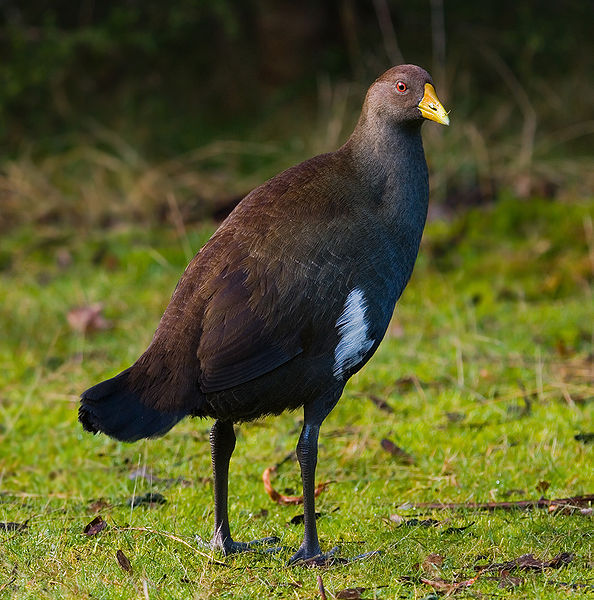
Since we were visiting the beautiful island of New Zealand yesterday I thought we would take a quick trip north to Tasmania. You know that island that gave birth to Bugs Bunny’s Friend, Taz. Well, we aren’t going to look at the Tasmanian Devil today but we will continue the Flightless Bird Trend by studying the Tasmanian Native Hen. As you probably have guessed these birds are found solely on the island of Tasmania. This particular bird is unique since it has thrived with the colonization of humans. You will find out why in a second.
The Tasmanian Native Hen is a sturdy bird which can grow to about 51 cm (20″) long. This flightless bird seems to be similar to the previous birds we discussed as they also have powerful legs, which makes sense since they can’t fly. The upper portion of this bird is usually brown in colour with a little white patch. Underneath they are usually darker with a bluish gray colour. If you check out the picture you will also notice they have bright red eyes. I am not sure the reasoning behind the red eyes but it sure is creepy. Don’t they have software these days that can remove red eyes from pictures?
You are able to find the Tasmanian Native Hen near marshes, rivers and wherever you may find short, grazed pastures. This last little bit of information should help solve the mystery as to why these birds did well with the colonization of humans. The Hens love the riverside farms that came with the settlers. They are perfect for nesting and for feeding since the Tasmanian Native hen eats grasses, leaves of shrubs, insects, etc. I am not sure how the farmers feel about these birds but I am willing to bet the Native Hens love the farmers….well their fields anyway.

So what stops the population of Tasmanian Native Hens from exploiting the farmers and growing to huge numbers? Well, predation and food availability are the limiting factors for these little guys. They are preyed upon by Quolls, other birds and of course the infamous Tasmanian Devil. It is also known that in years with an abundance of food the Hen will lay about 10 eggs and have two broods. In contrast during those low food production years they will lay fewer eggs and only have one brood. At the end of the day, nature is controlling themselves.
Tasmanian Native Hen Fast Fact – Even though these Tasmanian birds can’t fly they have evolved pretty good swimming skills and can run like the wind. Remember those powerful legs I talked about earlier? Well, they are able to carry the Hen up to speeds of 50 km/hr. Not too shabby for a bird!
That does it for Thursday’s Flightless Bird Wild Fact. Make sure you tune in tomorrow for the last Flightless Bird Fact of the Week. I can guarantee it will be an interesting one tomorrow and will quite possibly become one of my all time favourite Wild Facts. See you tomorrow.

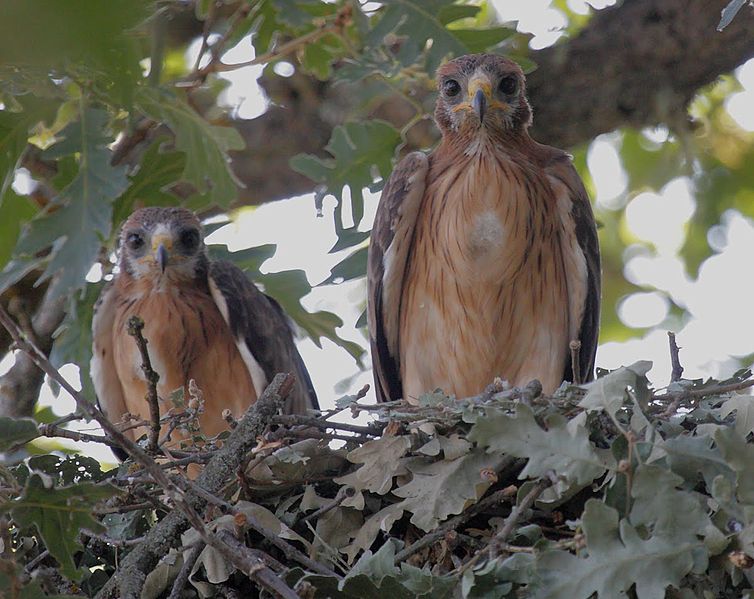
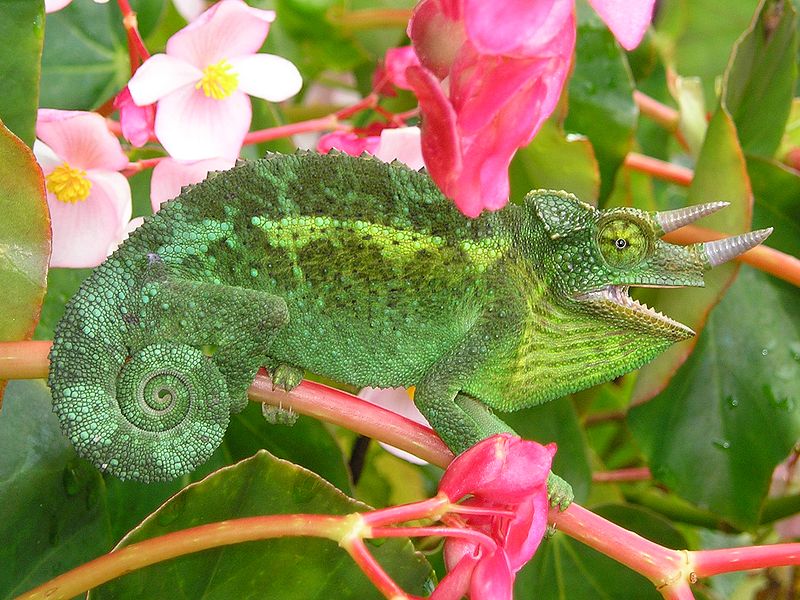
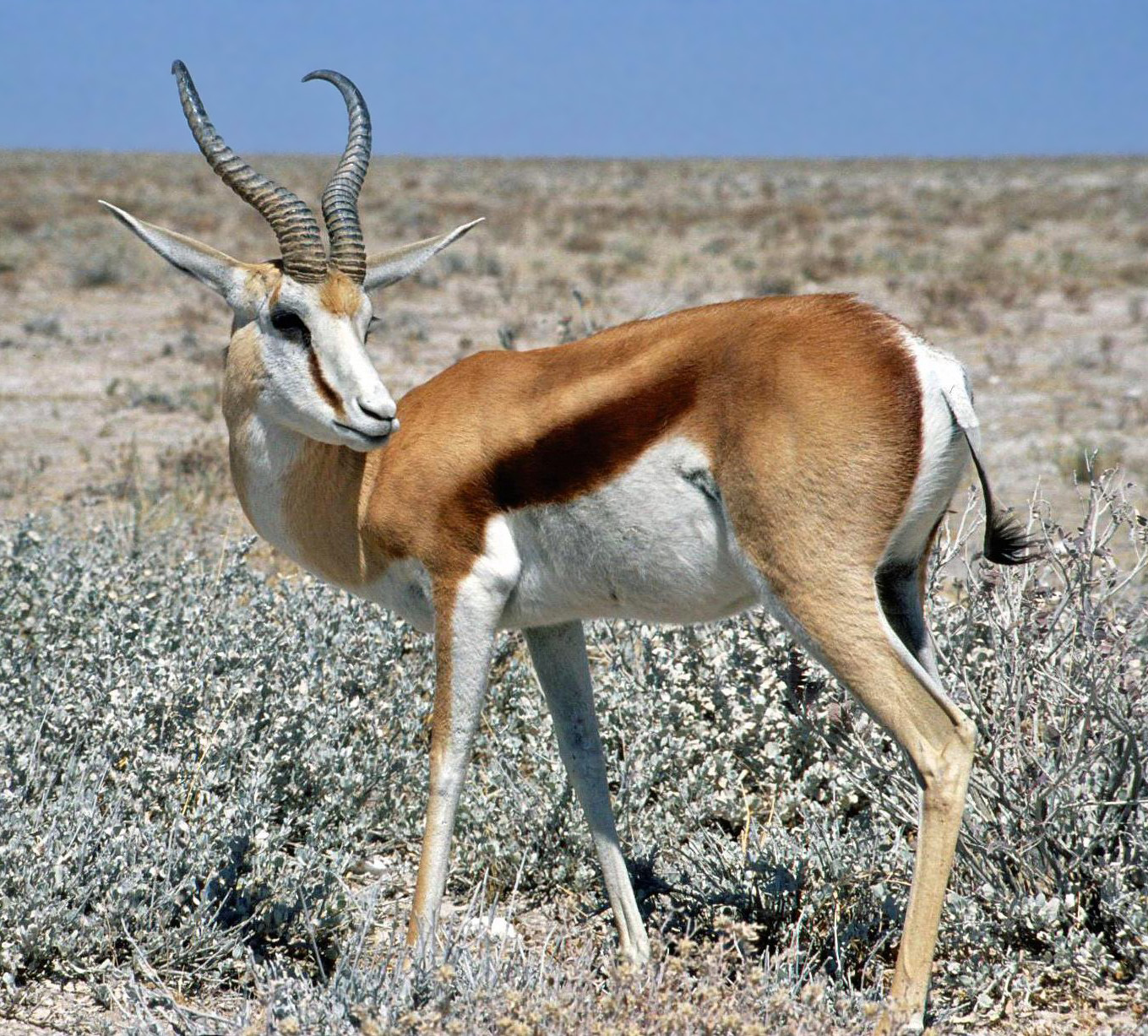
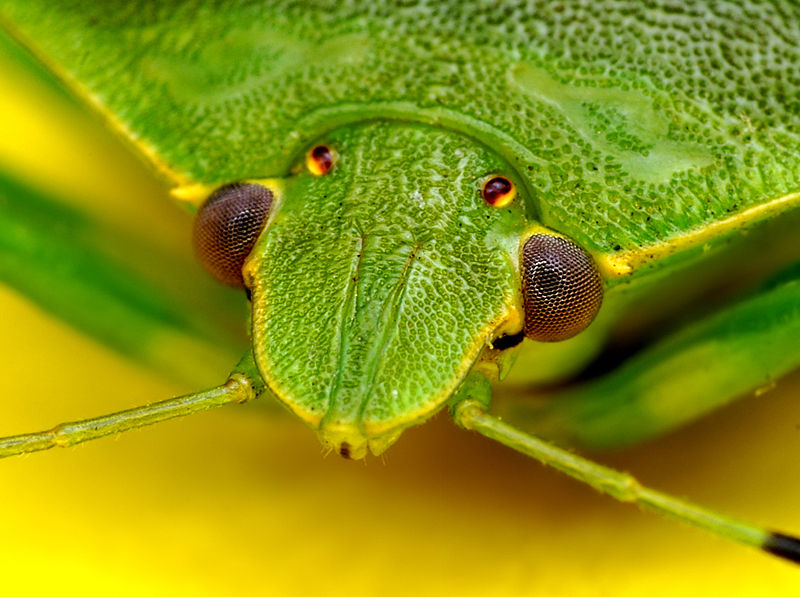
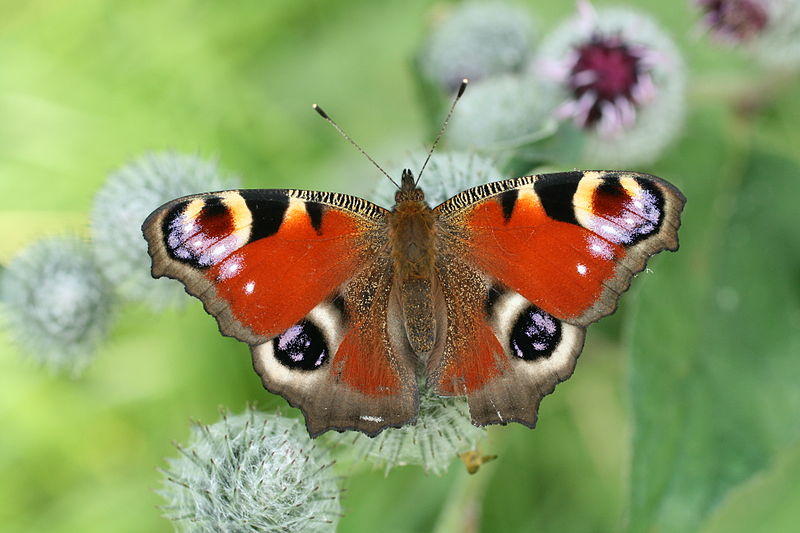
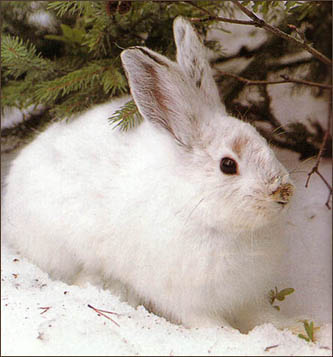
50 mph! Where can I get a pair of legs like that? I’m still trying to break the eight minute mile.
I am with you on that one, NP. I wish I could run like that. I may actually enjoying running if I had that type of speed.
I love these birds. They are very common where I live in the north east of Tasmania. I’ve always called them Tasmanian Road Runners
I live at Abels Bay about one hour south of Hobart on the edge of the Huon River near Cygnet. We and each of our neighbours have around eight hectares of land. So we have three independent flocks of Woodies. They are a delight with their lines of soldiers who protect their boundaries for fun. These are intelligent chook food thieves. When it suits them they can also fly up to high shelves when looking for food. Turned out to be simpler to move the chook house from the flat near the stream up the hill to the house. We have a gang who usually hang around the street corner. A week ago they suddenly dispersed. We are expecting chicks soon and our Woodhen yearly cycle will start all over again Beth Hall